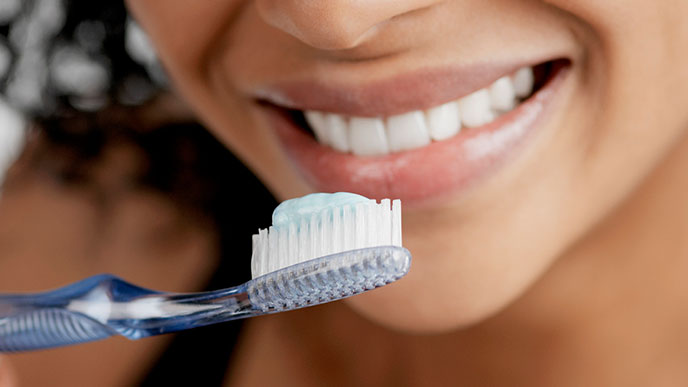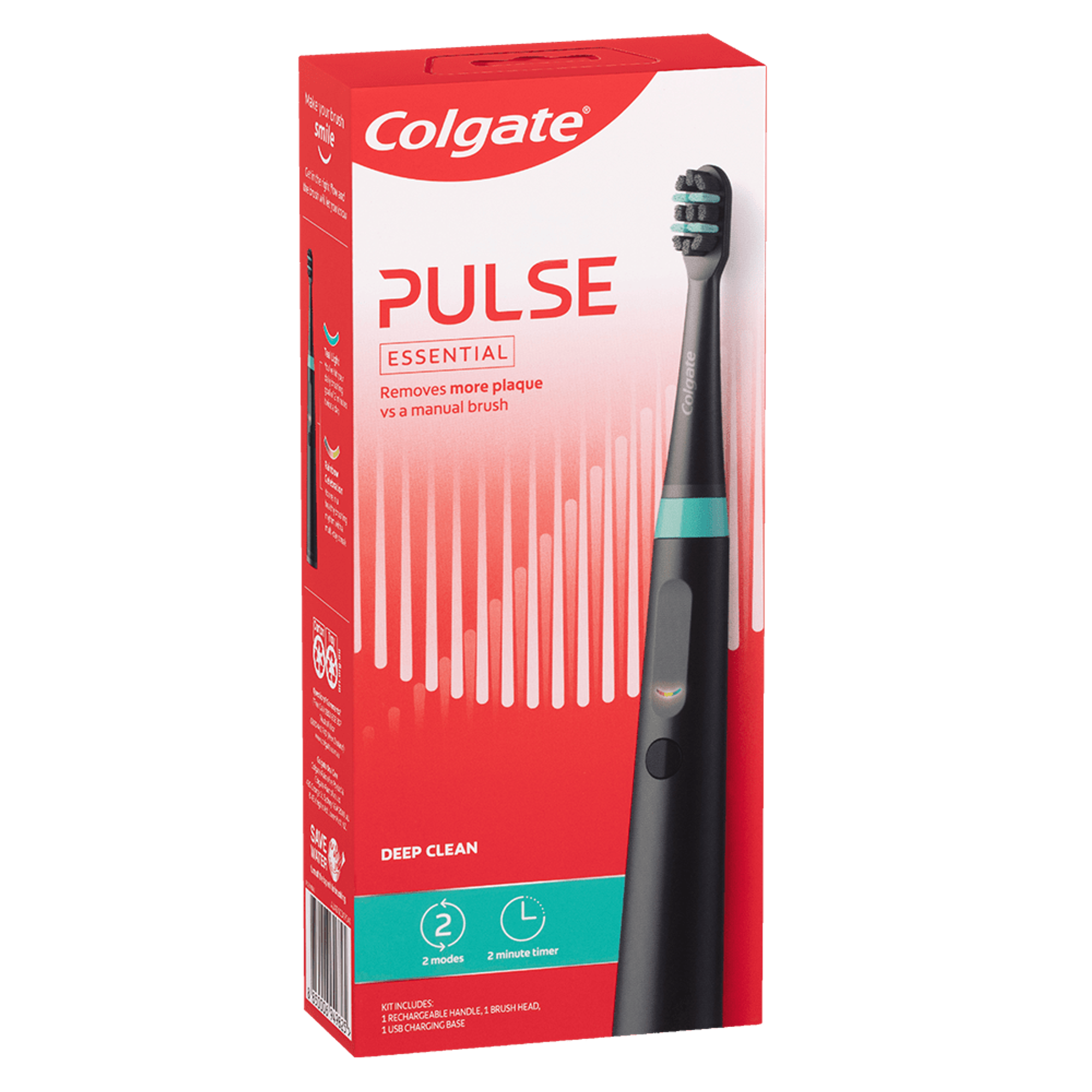-
-

BRUSHING & FLOSSING
How to BrushWhat Is the Right Way to Brush?
Proper brushing takes at least two minutes — that's right, 120 seconds!...

BRUSHING & FLOSSING
How To FlossWhat is the Right Way to Floss?
Proper flossing removes plaque and food particles in places where a toothbrush cannot easily reach... -
Science & Innovation
- Colgate® | Toothpaste, Toothbrushes & Oral Care Resources
- Oral Health
- Bleeding Gums and Gingivitis During Pregnancy


Chances are high that during pregnancy, your rapidly changing body is likely to be experiencing many new phenomena. Although some are predictable, others can be a little odd or even surprising. And bleeding gums is one such condition.
You might be a little surprised to see a bit of blood on your toothbrush or floss, but according to the Australian Dental Association, it can be expected while pregnant. Due to hormonal changes at this time, some women develop gum sensitivity and bleeding. You need to address the condition but you can be assured that after the baby is born things will largely return to normal.
You should take steps to control the bleeding from your gums as it is caused by plaque that is not being removed. Proper oral care during pregnancy is vital for both your and your baby’s health.
What is pregnancy gingivitis?
Bleeding gums are a symptom of gingivitis. When a woman is pregnant, we call the condition pregnancy gingivitis. Hormonal changes during pregnancy create an increased susceptibility to gum inflammation and infections, as the Australian Dental Association also explains. Pregnancy gingivitis can leave your gums red and swollen, which is why they often bleed when you brush and floss.
What can you do to prevent bleeding gums?
Proper oral care during pregnancy is the best way to prevent gingivitis. Gently brush twice a day, using a soft-bristled toothbrush.
When brushing, tilt the brush at a 45° angle against the gumline and sweep or roll the brush away. Brush the inside, outside and entire chewing surface of each tooth using short back-and-forth strokes. Give your tongue a gentle brush, too. Tongue brushing will remove bacteria and freshen the breath.
Flossing once a day is just as important as brushing, as it removes food particles and plaque from places that your toothbrush can’t reach. Using a good 45 cm of dental floss, wrap most of the floss around each middle finger, leaving about 3 cm to push¬ between your teeth. Keep the floss taut, and slide it in between the teeth. Curve the floss around each tooth, gently working in a back-and-forth motion, and ensuring you floss gently below the gumline. Never snap or force the floss against your gums. Use clean sections of floss as you move between your teeth. Afterwards, give your mouth a quick rinse with water to wash away any remaining bacteria and debris.
Limiting sugary foods and anything that sticks to your teeth is always recommended for good oral health. Sugar feeds bacteria and these bacteria can help cause cavities and gingivitis. As you are more susceptible to gingivitis while pregnant, it pays to be extra careful during this time.
Pregnancy can be a busy time, with lots of appointments to arrange. Still, you must maintain regular visits to your dental professional. He or she will monitor your gums for gingivitis and will offer tips to minimise bleeding. If you notice a lot of blood on your toothbrush or when you spit, call your dental professional and let them know. They’ll probably schedule an appointment to rule out any severe problems so you can put any unnecessary fears to rest.
This article is intended to promote understanding of and knowledge about general oral health topics. It is not intended to be a substitute for professional advice, diagnosis or treatment. Always seek the advice of your dentist or other qualified healthcare provider with any questions you may have regarding a medical condition or treatment.
Related Products

Helping dental professionals
More professionals across the world trust Colgate. Find resources, products, and information to give your patients a healthier future











